Introduction
Fresh fava beans, also known as broad beans or horse beans, are a culinary treasure that graces spring and early summer menus worldwide. These vibrant green legumes boast a unique, slightly sweet flavor and a creamy texture that lends itself to a myriad of dishes, from salads and stews to crispy snacks. However, many home cooks find themselves intimidated by the process of preparing and cooking fresh fava beans, often deterred by their thick pods and waxy outer skins. This comprehensive guide aims to demystify the art of cooking fresh fava beans, offering step-by-step instructions, creative recipes, and expert tips to help you transform this seasonal delight into a star ingredient. Whether you’re a seasoned chef or a curious novice, this article will equip you with the knowledge to master fava beans and elevate your meals with their earthy charm.
Understanding Fresh Fava Beans
Fava beans (Vicia faba) are part of the legume family and have been cultivated for thousands of years, with origins tracing back to the Mediterranean and Middle East. Unlike their dried counterparts, fresh fava beans are tender, bright green, and require minimal cooking time. They are typically harvested in late spring, and their peak season is short-lived, making them a coveted ingredient for chefs and food enthusiasts alike.
Nutritional Profile
Fresh fava beans are not only delicious but also packed with nutrients. A one-cup serving provides:
- Protein: 13 grams (essential for muscle repair and immune function).
- Fiber: 9 grams (aiding digestion and promoting satiety).
- Folate: 40% of the daily recommended intake (crucial for cell growth and DNA synthesis).
- Iron: 25% of the daily recommended intake (supporting oxygen transport in the blood).
- Vitamins: Rich in vitamin C, vitamin K, and B-vitamins.
Their low calorie count (about 187 calories per cup) and high nutrient density make them a healthy addition to any diet.
Culinary Uses
Fava beans are incredibly versatile. They can be:
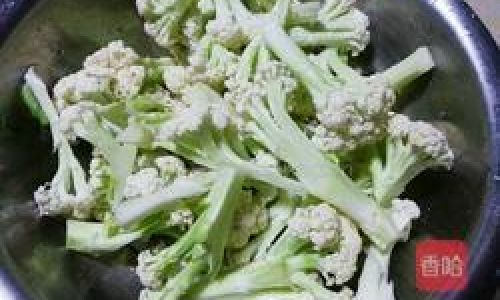
- Blanched and tossed into salads.
- Sautéed with garlic and herbs as a side dish.
- Pureed into dips or spreads.
- Roasted until crispy for a crunchy snack.
- Added to soups, stews, or risottos for texture and flavor.
Preparation Essentials: How to Shell and Peel Fresh Fava Beans
The first hurdle in cooking fresh fava beans is removing them from their pods and, if desired, their tough outer skins. Here’s a detailed breakdown:
Shelling the Beans
- Step 1: Snap off the stem end of the fava bean pod and pull the stringy seam downward to unzip it.
- Step 2: Gently pry open the pod and slide your thumb along the inner edge to release the beans.
- Step 3: Discard the pods (or compost them) and gather the beans in a bowl.
Pro Tip: Young, tender fava beans may have softer skins that are edible, while larger beans often have a fibrous outer layer that should be removed.
Peeling the Beans (Optional)
- Step 1: Bring a pot of salted water to a boil.
- Step 2: Add the shelled beans and blanch for 1–2 minutes.
- Step 3: Immediately transfer the beans to an ice bath to halt cooking.
- Step 4: Drain the beans and gently squeeze each one between your thumb and forefinger to pop the inner bean out of its skin.
Why Blanch? Blanching loosens the skins, making peeling easier and reducing the beans’ bitterness.
Cooking Methods: From Simple to Gourmet
Now that your fava beans are prepped, let’s explore cooking techniques that highlight their natural flavor.
Sautéed Fava Beans with Garlic and Herbs
A classic preparation that highlights the beans’ freshness.
Ingredients:
- 2 cups shelled and peeled fava beans
- 2 tbsp olive oil
- 3 garlic cloves, minced
- 1 tbsp fresh mint, chopped
- 1 tsp lemon zest
- Salt and pepper to taste
Instructions:
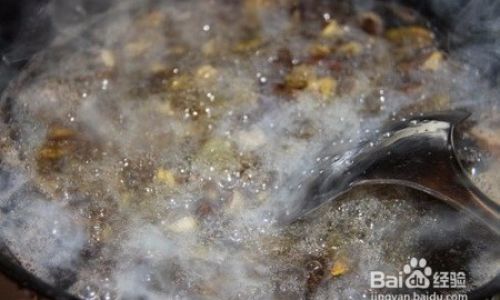
- Heat olive oil in a skillet over medium heat.
- Add garlic and sauté until fragrant (30 seconds).
- Toss in fava beans and cook for 3–4 minutes, stirring gently.
- Stir in mint and lemon zest. Season with salt and pepper.
- Serve warm as a side dish or over crusty bread.
Crispy Roasted Fava Beans
Transform fava beans into a crunchy snack perfect for dipping or munching.
Ingredients:
- 2 cups shelled and peeled fava beans
- 1 tbsp olive oil
- 1 tsp smoked paprika
- ½ tsp garlic powder
- Salt to taste
Instructions:
- Preheat oven to 400°F (200°C).
- Toss beans with olive oil and spices.
- Spread in a single layer on a baking sheet.
- Roast for 15–20 minutes, shaking the pan halfway through, until golden and crisp.
- Let cool completely before serving.
Fava Bean Puree with Ricotta
A luxurious spread for crostini or pasta.
Ingredients:
- 2 cups shelled and peeled fava beans
- ½ cup ricotta cheese
- 2 tbsp fresh parsley, chopped
- 1 tbsp lemon juice
- 2 tbsp olive oil
- Salt and pepper to taste
Instructions:
- Blanch fava beans for 2 minutes, then shock in ice water.
- Combine beans, ricotta, lemon juice, and olive oil in a food processor.
- Pulse until smooth, scraping down the sides as needed.
- Stir in parsley and season to taste.
- Serve chilled or at room temperature.
Fava Bean and Pecorino Salad
A bright, seasonal salad that pairs beans with salty cheese.
Ingredients:
- 2 cups shelled and peeled fava beans
- ½ cup pecorino cheese, shaved
- ¼ cup red onion, thinly sliced
- 2 tbsp fresh dill, chopped
- 2 tbsp red wine vinegar
- ¼ cup olive oil
- Salt and pepper to taste
Instructions:
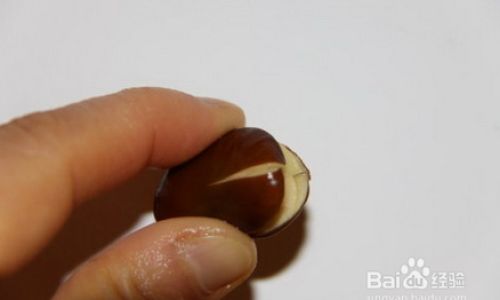
- Whisk vinegar, olive oil, salt, and pepper in a bowl.
- Toss in fava beans, red onion, and dill.
- Top with pecorino shavings and serve immediately.
Spicy Stir-Fried Fava Beans
An Asian-inspired dish with a kick.
Ingredients:
- 2 cups shelled and peeled fava beans
- 1 tbsp sesame oil
- 1 red chili, thinly sliced
- 1 tbsp ginger, minced
- 2 tbsp soy sauce
- 1 tsp honey
- 1 tbsp toasted sesame seeds
Instructions:
- Heat sesame oil in a wok over high heat.
- Add chili and ginger; stir-fry for 30 seconds.
- Toss in fava beans and cook for 2–3 minutes.
- Stir in soy sauce and honey; toss to coat.
- Garnish with sesame seeds and serve hot.
Serving Suggestions and Pairings
Fava beans’ versatility shines when paired with complementary flavors:
- Cheese: Pair with feta, goat cheese, or Parmesan for a salty contrast.
- Herbs: Mint, dill, parsley, and cilantro enhance their freshness.
- Acids: Lemon juice, vinegar, or pickled vegetables cut through their richness.
- Proteins: Serve alongside grilled lamb, chicken, or fish for a hearty meal.
Storage and Leftovers
Fresh fava beans are best enjoyed immediately, but proper storage can extend their shelf life:
- Unpeeled Beans: Store in a breathable bag in the refrigerator for up to 3 days.
- Peeled Beans: Submerge in cold water, drain, and refrigerate for 1–2 days.
- Frozen Beans: Blanch, shock, and freeze in an airtight container for up to 6 months.
Health Benefits and Considerations
While fava beans are nutritious, they contain levodopa (L-dopa), a compound that can trigger adverse reactions in individuals with G6PD deficiency or those taking MAO inhibitors. Always consult a healthcare provider if you have concerns.
Common Mistakes to Avoid
- Overcooking: Fava beans turn mushy and lose their vibrant color if cooked too long.
- Skipping the Peel: Larger beans have tough skins that should be removed for optimal texture.
- Underseasoning: Fava beans benefit from bold flavors like garlic, herbs, and citrus.
- Crowding the Pan: Overcrowding during sautéing or roasting leads to steaming instead of browning.
Conclusion
Fresh fava beans are a celebration of spring’s bounty, offering a delicate balance of sweetness and earthiness. Whether you prefer them simply sautéed, transformed into a crispy snack, or blended into a velvety puree, mastering their preparation and cooking techniques opens doors to endless culinary creativity. By following this guide, you’ll not only elevate your meals but also gain a deeper appreciation for this humble yet extraordinary legume. So next time you spot fresh fava beans at the market, seize the opportunity to bring their vibrant flavor and texture to your table—your taste buds will thank you.
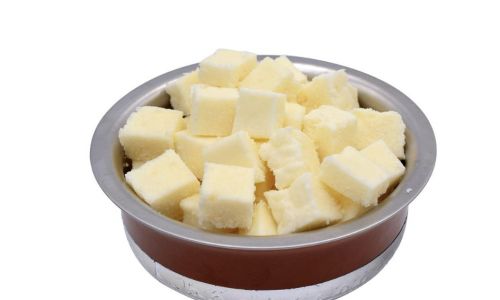
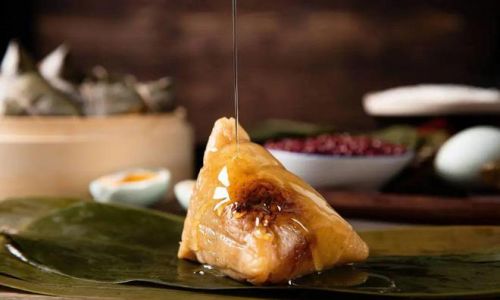


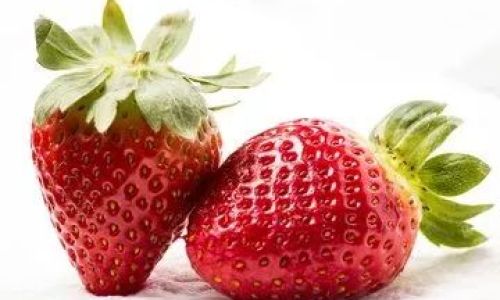
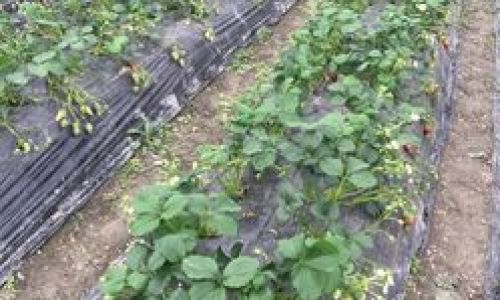
0 comments